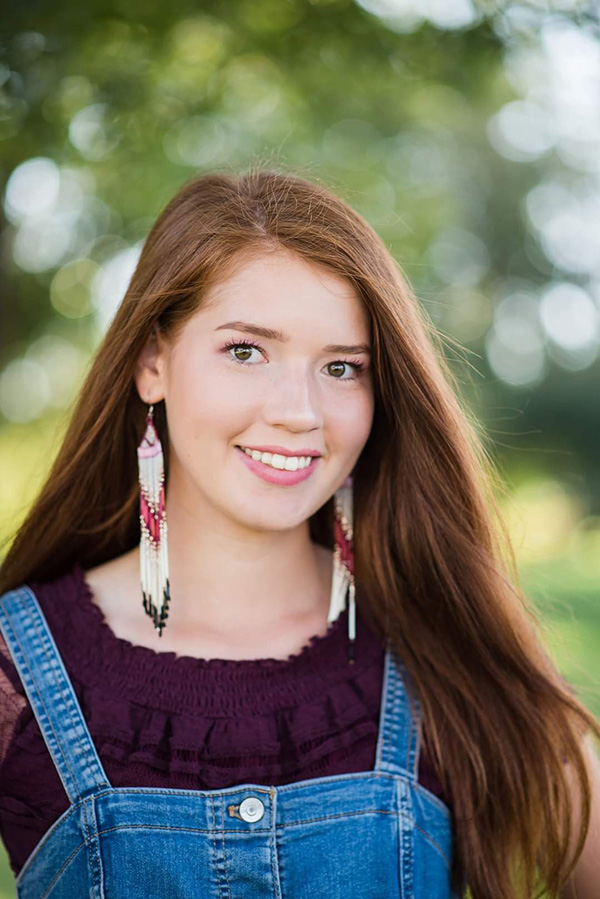By SAVANNAH FRANCIS, Guest Columnist

Have you ever stopped to think about some of your favorite sports teams and what their mascots represent?
Athletics unite many Americans under their respective teams. However, sporting events sometimes bring forward a controversial question: Are Native American mascots inherently bad?
This question has become even more relevant with the removal of the Washington Football Team’s offensive mascot (as well as the re-branding of the Cleveland Guardians).
Even though some attempt to politicize this question and chalk it up to “cancel culture,” it is not an issue of politics. It is a simple question with a straightforward answer. Native American mascots are inappropriate and have no place in professional sports.
This issue should not even be up for debate. It is morally wrong. The mascots themselves are poorly representative caricatures of a marginalized group of people.
They are offensive because they perpetuate harmful stereotypes of Indigenous peoples.
This issue is often pushed aside as a matter of “political correctness,” when it’s much more dire.
Native American mascots are harmful caricatures that have been in existence since the early 20th Century, before Indigenous people were recognized as citizens of their own land.
The Boston Braves (now known as the Atlanta Braves) became the first team to use a Native American mascot in 1912.
The Cleveland Indians soon followed in 1915. This was an era where bigotry and racism were commonly accepted.
At this time, Indigenous culture was being systematically assimilated.
Native American children were forcibly removed from their homes and sent to boarding schools, where they weren’t allowed to speak their languages or practice their own traditions.
As the founder of the first boarding school put it, the main goal of these schools was to “kill the Indian and save the man.”
While people who weren’t Native Americans were parading around in fake regalia, the Natives couldn’t even practice their own traditions without being beaten or killed.
There were some 150 Native boarding schools dedicated to assimilating children and eradicating their culture.
All Native mascots propagate negative stereotypes upon Native American people, no matter what the imagery consists of.
Many people have never met a Native American person, and these logos and merchandise are the only notions that they have.
They not only provide false impressions of Native American culture, but also give people leeway to make fun of it as well. The infamous “tomahawk chop” is an example of this.
Native people are not your mascot or your chant, and these displays do not “honor” their existence.
For some, these mascots are harmful reminders of the past.
This issue is not a new product of “woke” or “cancel” culture. It has been a problem since the creation of these mascots.
Other ethnic minorities aren’t portrayed in this manner, so why is it acceptable for Native Americans to be used as mascots?
Washington and Cleveland took the appropriate steps to erase their offensive motifs, and other teams (such as the Braves) should follow suit.
Native American mascots have no place in athletics.
Savannah Francis is a member of the Native American Student Association at Northwestern.

